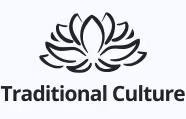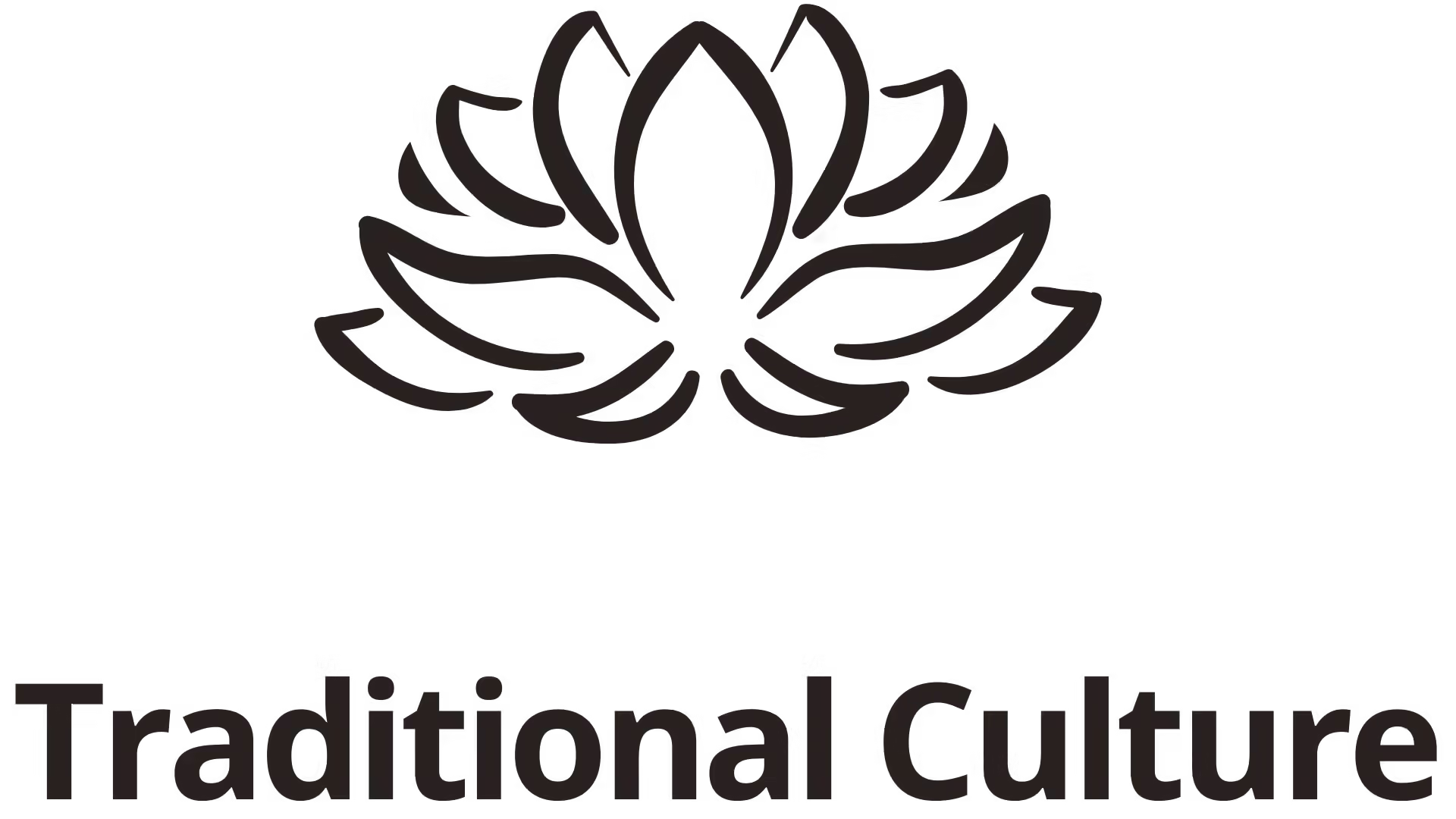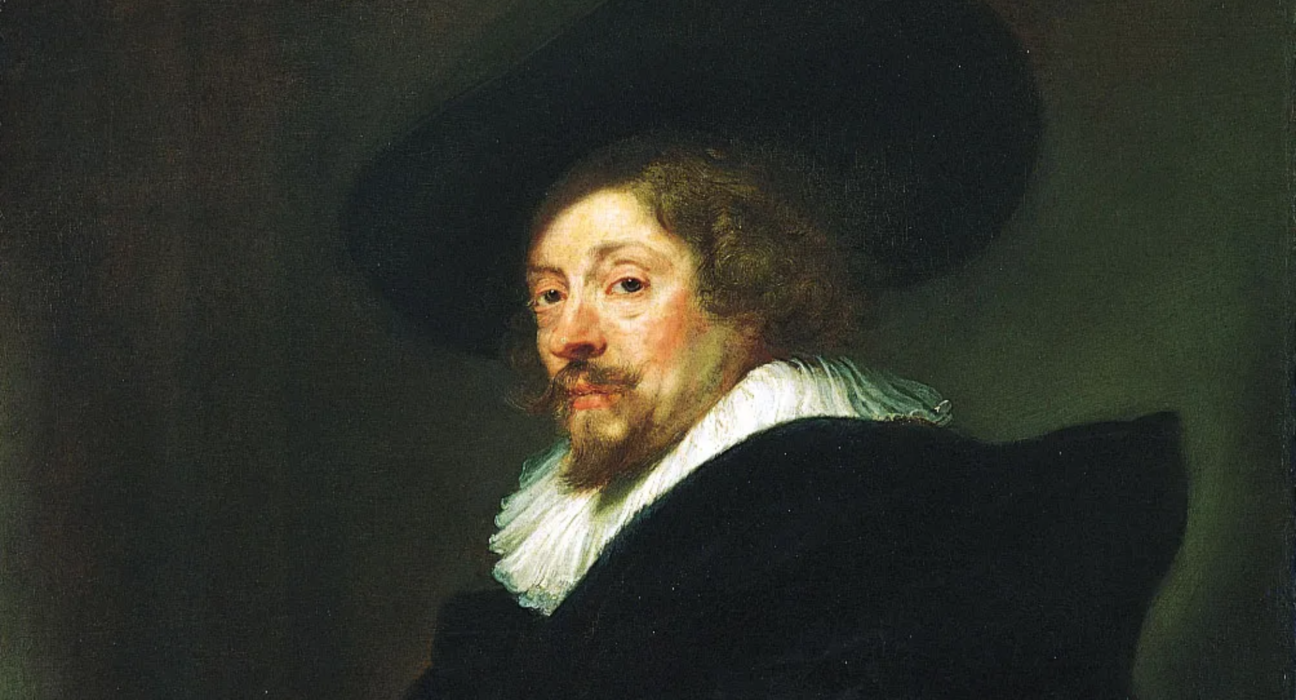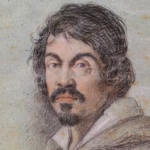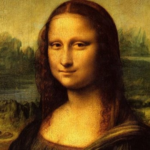Peter Paul Rubens, born in 1577, was not just an artist but a cultural phenomenon who defined the Baroque era. His vibrant canvases, teeming with life and emotion, continue to captivate audiences centuries after their creation. This article delves into the multifaceted life of Rubens, exploring how his artistry, diplomacy, and intellectual pursuits shaped both his works and the world around him.
The Formative Years: Shaping a Baroque Visionary
Peter Paul Rubens’s journey to becoming the quintessential Baroque artist was paved with rich experiences and diverse influences. His early life laid the foundation for a career that would redefine the artistic landscape of Europe.
Born in Siegen, Westphalia, Rubens’s world was immediately imbued with cultural complexity. His father, Jan Rubens, was a lawyer whose political troubles led the family to flee Antwerp. This early exposure to the consequences of political intrigue may have planted the seeds for Rubens’s later diplomatic career.
The Antwerp Effect: A Cultural Crucible
By the age of ten, Rubens found himself in Antwerp, a city that would become the backdrop for his artistic awakening. Antwerp in the late 16th century was a melting pot of ideas and aesthetics, a place where the remnants of the Renaissance collided with new Baroque sensibilities.
The young Rubens was like a sponge in this environment, absorbing the rich tapestry of Flemish art that surrounded him. The city’s bustling port brought in influences from across Europe and beyond, exposing the budding artist to a world of visual stimuli that would later inform his eclectic style.
It was in Antwerp that Rubens began his formal artistic training, first as a page boy, which exposed him to the manners and customs of the nobility—knowledge that would serve him well in his future as a court painter and diplomat.
Apprenticeship and Early Mastery

Rubens’s apprenticeship began in earnest under the tutelage of Tobias Verhaecht, a relative and landscape painter. However, it was his time with Adam van Noort and later Otto van Veen that truly shaped his artistic foundation.
These formative years were crucial in developing Rubens’s technical skills. He learned the intricacies of composition, the secrets of color mixing, and the importance of light and shadow. But more than technique, these masters imparted to Rubens the importance of storytelling through art—a skill that would become a hallmark of his mature style.
The Italian Sojourn: Renaissance Meets Baroque
In 1600, Rubens embarked on a journey to Italy, a pilgrimage of sorts for any serious artist of the time. This eight-year sojourn would prove transformative, exposing him to the works of Renaissance masters and the emerging Baroque style.
In Venice, he marveled at the colors of Titian and the dynamism of Tintoretto. In Florence, the grace of Michelangelo’s sculptures left an indelible mark on his understanding of the human form. Rome provided a treasure trove of classical art, which Rubens studied with fervor, filling sketchbooks with drawings that he would reference throughout his career.
It was during this period that Rubens began to synthesize these influences into his own unique style. He didn’t merely imitate; he innovated, taking the best of what he saw and molding it into something new and vibrant.
The Rubens Style: A Symphony of Color and Motion
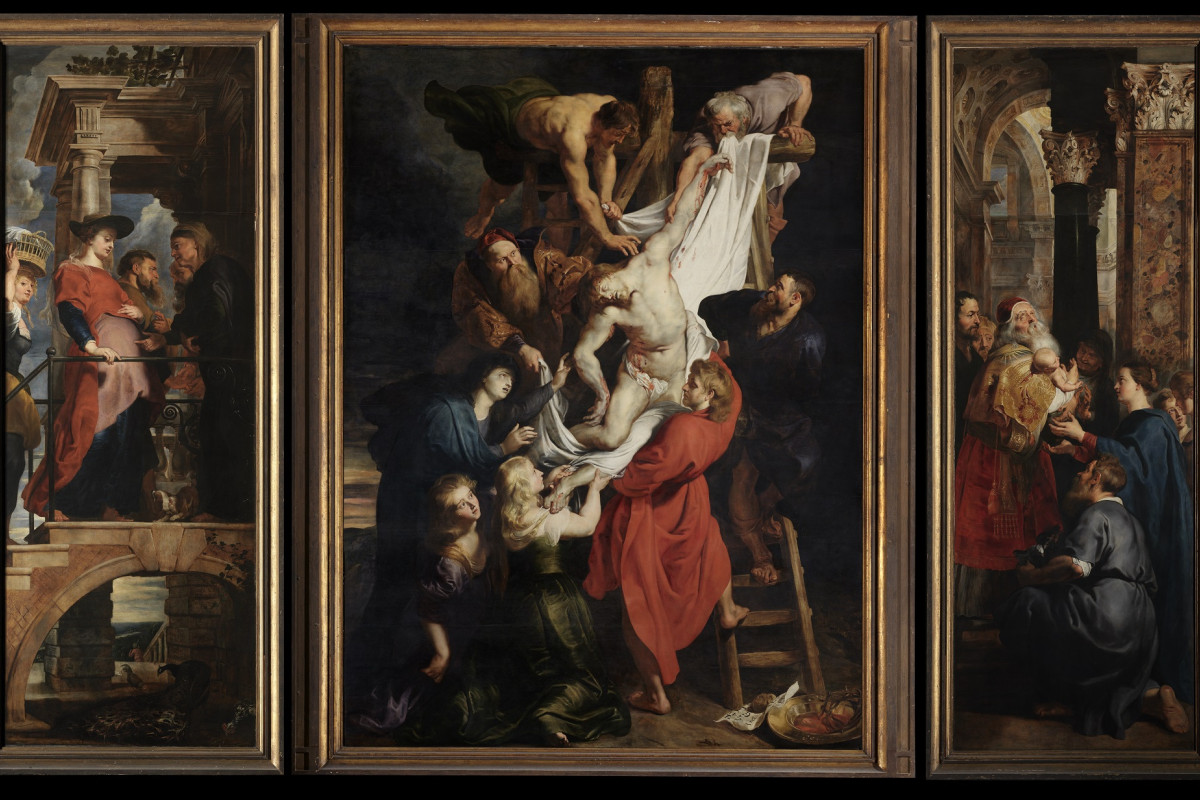
Peter Paul Rubens‘s artistic style is a testament to his genius in synthesizing various influences into a cohesive and dynamic whole. His work is characterized by a bold use of color, dramatic compositions, and a sense of movement that seems to breathe life into the canvas.
The Palette of Emotion
Rubens’s use of color was revolutionary for his time. He employed a technique of layering translucent glazes over opaque paint to create a luminosity that made his figures appear to glow from within. This method allowed him to capture the subtle shifts in skin tone and the play of light across surfaces with unparalleled realism.
His color choices were not merely aesthetic but emotional. Rubens understood the psychological impact of color and used it to evoke specific responses in viewers. Warm reds and golds might dominate a scene of passion or triumph, while cool blues and greys could underscore moments of solemnity or tragedy.
The artist’s mastery of color extended beyond the human figure to his treatment of fabrics and landscapes. Silk draperies shimmer with an almost tangible quality, while his skies—often tumultuous and dramatic—set the emotional tone for the entire composition.
Composition: The Dance of Forms
Rubens’s compositions are often described as dynamic, and with good reason. He had an innate ability to arrange figures and objects in a way that leads the eye through the painting, creating a sense of narrative and movement.
His scenes, whether religious, mythological, or historical, are often constructed along diagonal lines or in spiral formations. This approach creates a sense of energy and instability, drawing the viewer into the action of the scene.
Take, for example, his famous “Descent from the Cross” (1612-1614). The composition is a carefully orchestrated arrangement of bodies and cloth, forming a diagonal that sweeps from the top right to the bottom left of the canvas. This not only guides the viewer’s eye but also enhances the emotional impact of the scene, emphasizing the weight and grief of the moment.
The Human Form in Motion
Perhaps the most distinctive aspect of Rubens’s style is his treatment of the human body. His figures are full of life, caught in mid-action, muscles taut, and flesh palpable. This emphasis on the body in motion was a direct challenge to the static poses often seen in Renaissance art.
Rubens’s figures are voluptuous and robust, celebrating the vitality of the human form. This preference for fuller figures was not just an aesthetic choice but a philosophical one, reflecting the Baroque era’s embrace of sensuality and physicality as a path to spiritual understanding.
His ability to capture the human form in motion is particularly evident in works like “The Rape of the Daughters of Leucippus” (1618), where the twisted bodies of the women and the rearing horses create a swirling vortex of flesh and muscle that epitomizes the dynamism of Baroque art.
The Diplomat’s Brush: Art in the Service of Statecraft
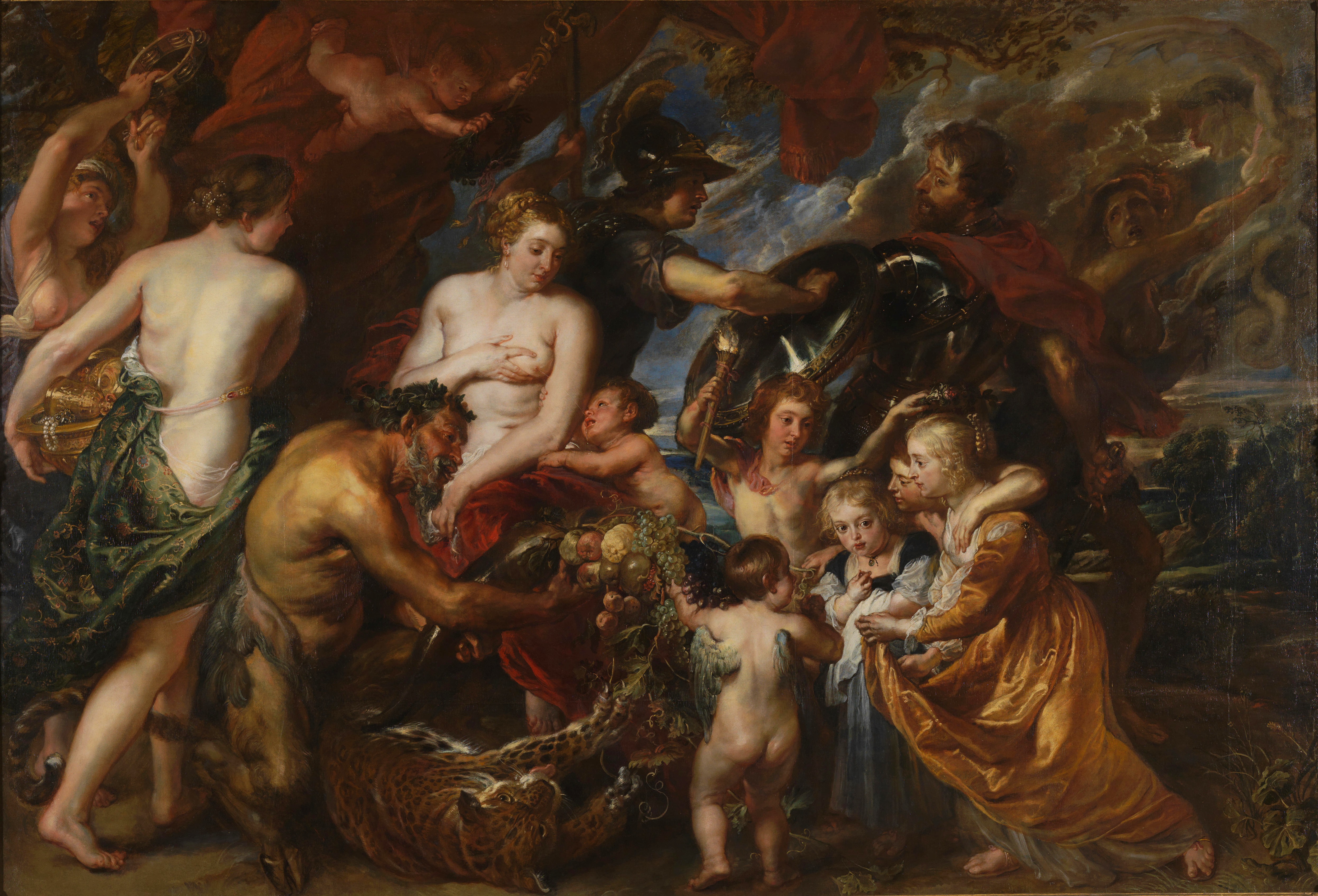
Peter Paul Rubens was not content to confine his talents to the artist’s studio. His intelligence, charm, and worldliness made him an ideal candidate for diplomatic missions, a role that would significantly influence both his art and his standing in society.
The Artist as Envoy
Rubens’s diplomatic career began in earnest in 1621 when he was appointed as an envoy by Archduchess Isabella Clara Eugenia of the Spanish Netherlands. This position was not merely honorary; Rubens was entrusted with sensitive negotiations between the Spanish Netherlands and England.
His artistic fame provided a perfect cover for his diplomatic activities. Who would suspect that a painter, ostensibly traveling to create portraits of the nobility, was also engaged in delicate political negotiations?
Rubens’s diplomatic missions took him to the courts of Europe, where he could observe firsthand the machinations of power. This experience undoubtedly informed his historical and allegorical paintings, lending them an authenticity and insight that went beyond mere artistic imagination.
The Power of Visual Rhetoric
Rubens understood the power of images in shaping public opinion and political narratives. His allegorical paintings often carried subtle (and sometimes not-so-subtle) political messages, serving as visual propaganda for his patrons.
For instance, his series of paintings for Marie de’ Medici, commissioned for the Luxembourg Palace, is a masterclass in political spin. These monumental works present Marie’s life and reign in the most flattering light possible, blending historical events with mythological allegories to create a narrative of divine right and just rule.
This ability to weave complex political ideas into visually stunning works made Rubens an invaluable asset to the rulers of his time. He could communicate ideas and shape perceptions in a way that written treatises or speeches could not match.
Negotiating Peace Through Art
One of Rubens’s most significant diplomatic achievements was his role in negotiating peace between England and Spain in 1630. His efforts culminated in the Treaty of Madrid, ending years of conflict between the two nations.
During these negotiations, Rubens continued to paint, creating works that subtly reinforced the messages of peace and reconciliation he was advocating for in his diplomatic role. His painting “Minerva Protects Pax from Mars” (1629-1630) is a prime example, allegorically representing the triumph of peace over war.
This dual role as artist and diplomat allowed Rubens to influence the course of European politics while simultaneously creating some of his most enduring masterpieces. It’s a testament to his versatility and intellect that he could navigate both the world of high art and high politics with equal skill.
Legacy and Influence: The Enduring Impact of Rubens
The influence of Peter Paul Rubens extends far beyond his own lifetime, shaping the course of Western art and leaving an indelible mark on cultural history. His innovative techniques, grand vision, and ability to infuse emotion into every brushstroke continue to inspire and challenge artists and art lovers alike.
The Rubens School: Nurturing Talent and Spreading Influence
Rubens’s workshop in Antwerp was more than just a studio; it was a major artistic hub where young painters, particularly from the Southern Netherlands, came to learn under the master, eager to absorb his techniques and philosophy of art.
This system of apprenticeship and collaboration allowed Rubens to take on numerous commissions simultaneously, producing an astounding volume of work. More importantly, it served as a means of disseminating his style and ideas throughout the art world.
Notable students like Anthony van Dyck, Jan Brueghel the Younger, and Justus van Egmont went on to become celebrated artists in their own right, carrying the influence of Rubens to new heights and across borders. This network of artists trained in the Rubens style ensured that his impact would be felt long after his death.
Influence on Subsequent Art Movements
The ripples of Rubens’s influence can be seen in various art movements that followed the Baroque period. His dynamic compositions and use of color influenced the development of Rococo art, with artists like Jean-Antoine Watteau drawing inspiration from Rubens’s mastery of color and atmospheric effects, while François Boucher more directly embraced his sensual and intimate style.
The Romantic movement of the 19th century also owed a debt to Rubens. His emotionally charged scenes and dramatic use of light and shadow resonated with Romantic artists like Eugène Delacroix, who saw in Rubens a kindred spirit in the expression of passion and drama.
Rubens in the Modern World
In contemporary art and culture, Rubens remains a touchstone for discussions about representation, body image, and the power of visual narrative. His depiction of full-figured women, once seen as an ideal of beauty, now sparks conversations about changing standards of beauty and the representation of women in art.
Museums around the world continue to celebrate Rubens’s work, with major exhibitions drawing crowds and sparking renewed interest in Baroque art. His paintings serve not just as objects of beauty but as windows into a past era, offering insights into the politics, religion, and social norms of 17th-century Europe.
Digital technology has also allowed for new ways of experiencing Rubens’s art. High-resolution scans and virtual reality experiences enable viewers to examine his brushwork in unprecedented detail, revealing the meticulous craft behind his seemingly effortless style.
Conclusion: The Timeless Resonance of a Baroque Genius
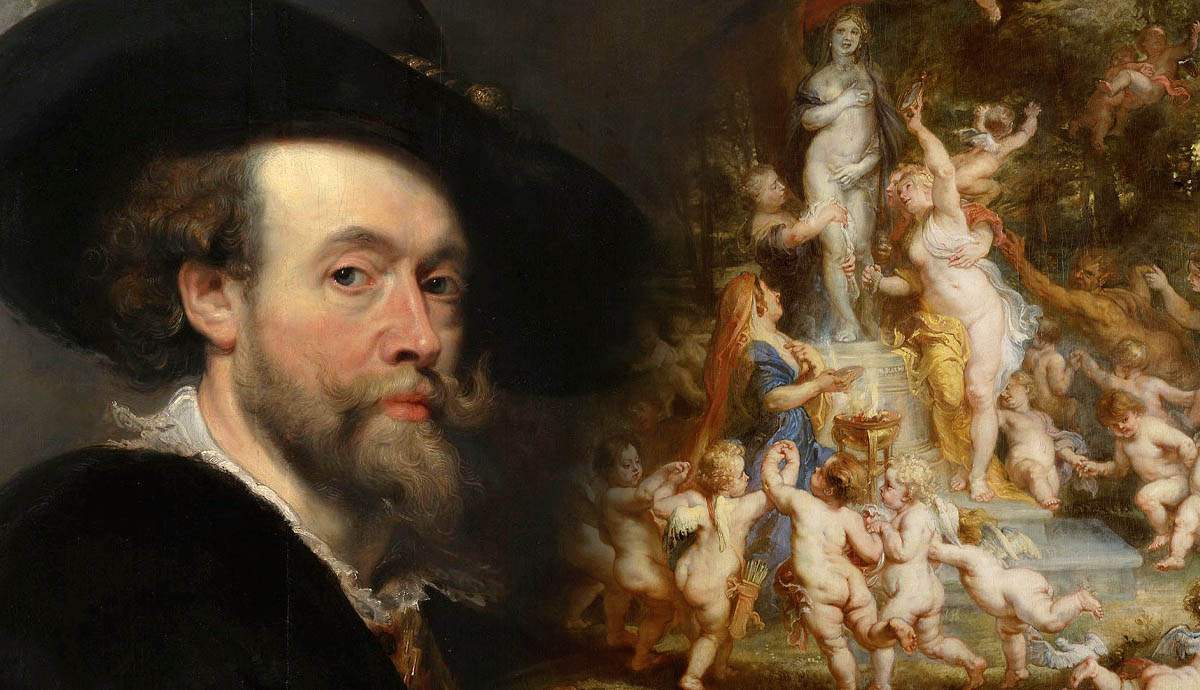
Peter Paul Rubens stands as a colossus in the history of Western art, embodying the spirit of the Baroque era—grand, dynamic, and deeply human. His legacy goes beyond the masterpieces in great museums—he redefined art as a powerful tool for communication, diplomacy, and emotional expression. His ability to blend the personal with the political, the sacred with the profane, and the real with the allegorical keeps his work strikingly relevant.
What makes Rubens truly timeless is his deep understanding of the human condition. Through his vivid brushstrokes, he captured the full spectrum of human experience—joy, sorrow, passion, and contemplation. His art continues to resonate across centuries, reminding us that true genius lies not just in technical skill, but in the ability to touch the soul and illuminate the human experience in all its complex glory.
✉️ Stay Connected — Subscribe for Weekly Updates
Discover timeless stories, practical wisdom, and beautiful culture — delivered straight to your inbox.
*We only share valuable insights — no spam, ever.

